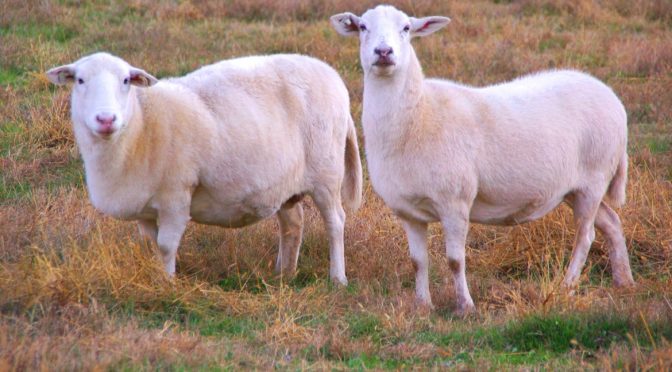
About the Breed:
The Katahdin Hair Sheep is a recognized breed by the Katahdin Hair Sheep International (KHSI). They are a breed of hair sheep that naturally shed their wool. They are known for high parasite resistance, lean, meaty carcasses, good milking ability and maternal instincts, and high fertility. They are a medium size breed with mature ewes being around 125 to 180 lbs. and mature rams being around 180 to 250 lbs. They are mainly used for meat production, but can be used as brush clearers, pets, or other. They are usually polled, but can be horned or scurred. For more on Katahdin Sheep breed standards, go to: https://www.katahdins.org/about-the-breed/breed-standard/ .
Pros of the breed:
Like many other hair sheep breeds, Katahdins have a high parasite resistance, especially compared to commercial wool sheep breeds. They have have high fertility, and good milking and mothering ability. They are meatier than many other hair sheep breeds. They can generally acclimate to many different climates. They make good foragers and do well on pasture.
Cons of the breed:
More like goats, they produce internal fat faster than subcutaneous or intramuscular fat. They do not do as well in feedlot environments as wool sheep do. They are not as well muscled as some other breeds of sheep, like the Dorper.
~Kathrynn H. Murray

















